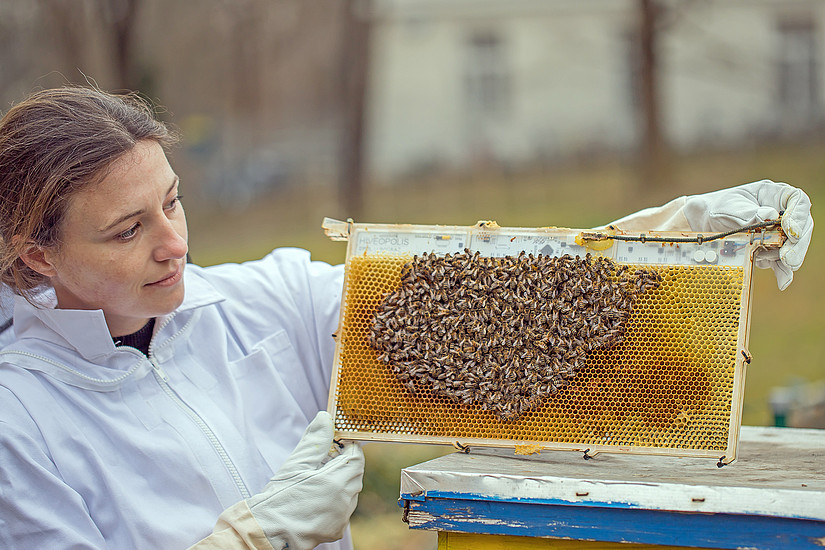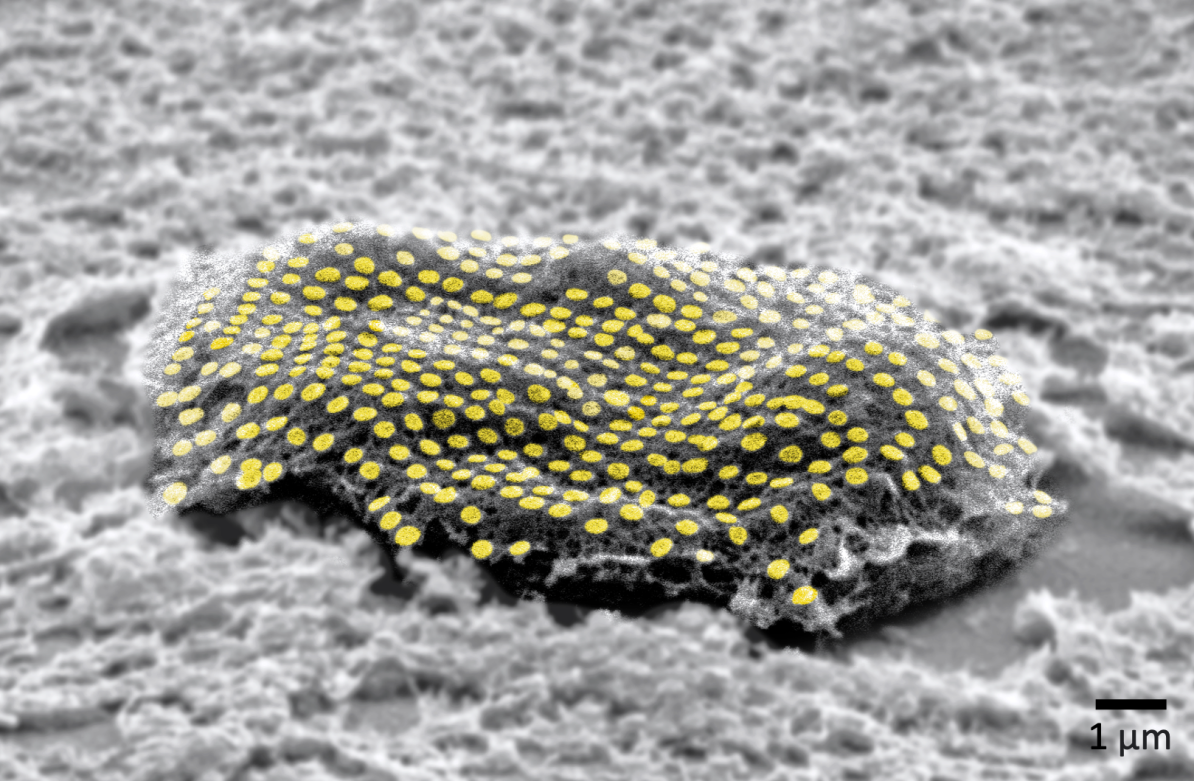Unlike many other insects, Honeybees don’t go dormant during the winter. But staying warm during winter requires food and energy in the form of honey.
They live on the honey they have collected. If the supply of honey is exhausted, most honeybee colonies freeze to death because of a lack of the necessary warmth to survive.
A team of researchers from the Artificial Life Lab at the University of Graz and the Swiss École Polytechnique Fédérale de Lausanne (EPFL) has created a unique robotic system that can be built into the shape of a honeybee hive.
The system is equipped with innovative thermal sensors and actuators to monitor the bee colony in the cold season, to actively support it in winter through additional heat supply. The thermal sensors monitor the bees’ collective behavior, and the actuators allow the researchers to modulate honeybee behavior through temperature variations within the cluster.
Bee colonies are difficult to study but it becomes even more difficult during winter because they are incredibly sensitive to the cold.
Bees don’t do much activity during winter when they prefer to huddle together to conserve energy
But using the new robotic systems, researchers were able to encourage the bees to move around and gather insights into the bee world that were previously inaccessible to humans.
The team was able to keep the three experimental hives alive during winter’s cold snap when nearby hives died out.
They were even able to prolong the survival of a colony despite it losing its queen
The robotic hive shows promise not only in surviving due to a chill coma but also offers new behavioral insights and knowledge for conservation scientists.






